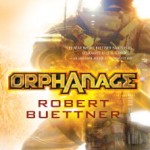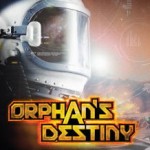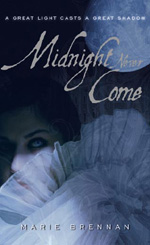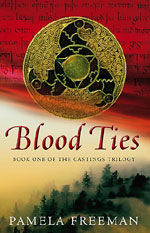Following up on the post below, the cover debate continues here, here, here and elsewhere. I left a comment at Lou Ander’s blog that explains a bit more on our approach to cover design.
One thing to add: a few people have expressed the view that for a publisher the most important thing about a cover is that it appeals to buyers (those people in the book industry who determine whether or not–and in what quantity–a book gets on to the shelves). For us, that’s not true. Of course, it’s a great advantage if a buyer loves a cover we’ve come up with; and it makes things more challenging if they don’t. However, we–and I’m talking only about Orbit here, to be absolutely clear–have one thought in our mind when we’re thinking about covers: how to make it as effective as possible for the widest possible readership. And by “effective”, I mean visually exciting, distinctive, and appropriate to the book’s content and style.
Of course, we listen to buyers, we talk to buyers, we take buyers’ feedback very seriously, and we’ll sometimes change a cover as a result. But we don’t ask ourselves: what kind of cover would the buyers like? We ask ourselves: what kind of cover would potential readers like?
Another aspect of this issue that’s sometimes overlooked is what the author thinks of their cover. Some authors are more interested in their covers than others–some prefer to leave it to their publisher, others have very strong views on what they would like. Either way, I’m often struck by how revealing an author’s reaction to seeing a visual representation of their work can be. In my experience, authors themselves can be great judges of whether a cover works or not. One author reaction to seeing her cover for the first time summed it up for me when she said: “That’s exactly what my book looks like!” For her, the cover had captured something exciting and important about the book and made it instantly recognizable. If a cover doesn’t achieve this–at least to some degree–I think it’s unlikely to be a particularly effective cover.
I guess it all comes back to what one considers to be an effective cover.









 Publishers Weekly gives Marie Brennan’s Midnight Never Come a starred review in this week’s issue:
Publishers Weekly gives Marie Brennan’s Midnight Never Come a starred review in this week’s issue: Over at
Over at 



